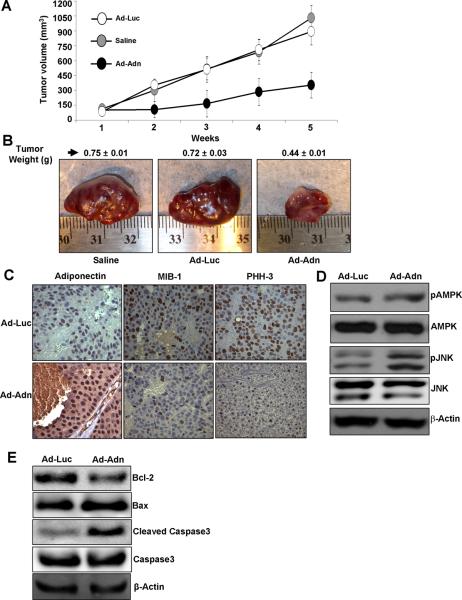Figure 6. The inhibitory effects of adiponectin on the growth of HepG2 cell- derived tumor in nude mice.
Saline or Ad-Luc or Ad-ADN (108 pfu) was locally injected into the HepG2-xenograft-tumor site once a week starting at day 14 after cell-implantation. A, Tumor growth was monitored by measuring the tumor volume for 5 weeks. B, At the end of 5 weeks, tumors were collected, measured, weighed and photographed. Ad-Adn treatment reduced tumor size as compared to Ad-Luc or Saline, * p < 0.05 Ad-Adn versus Ad-Luc. Average tumor weight and representative tumor images are shown here. C. Tumor samples were subjected to immunohistochemistry using adiponectin, MIB-1 and PHH-3 antibody. Ad-Adn treated tumors showed significant increase in adiponectin expression and reduction in MIB-1 and PHH-3 as compared to Ad-Luc treated tumors, *p < 0.05 Ad-Adn versus Ad-Luc. D. Tumor lysates were subjected to immunoblot analysis using AMPK, phospho-AMPK, phospho-JNK, JNK antibodies and cleaved-caspase-3, caspase-3, Bcl-2, Bax (E). Ad-Adn treated tumors show increased apoptotic markers and phosphorylation of AMPK and JNK as compared to Ad-Luc.

